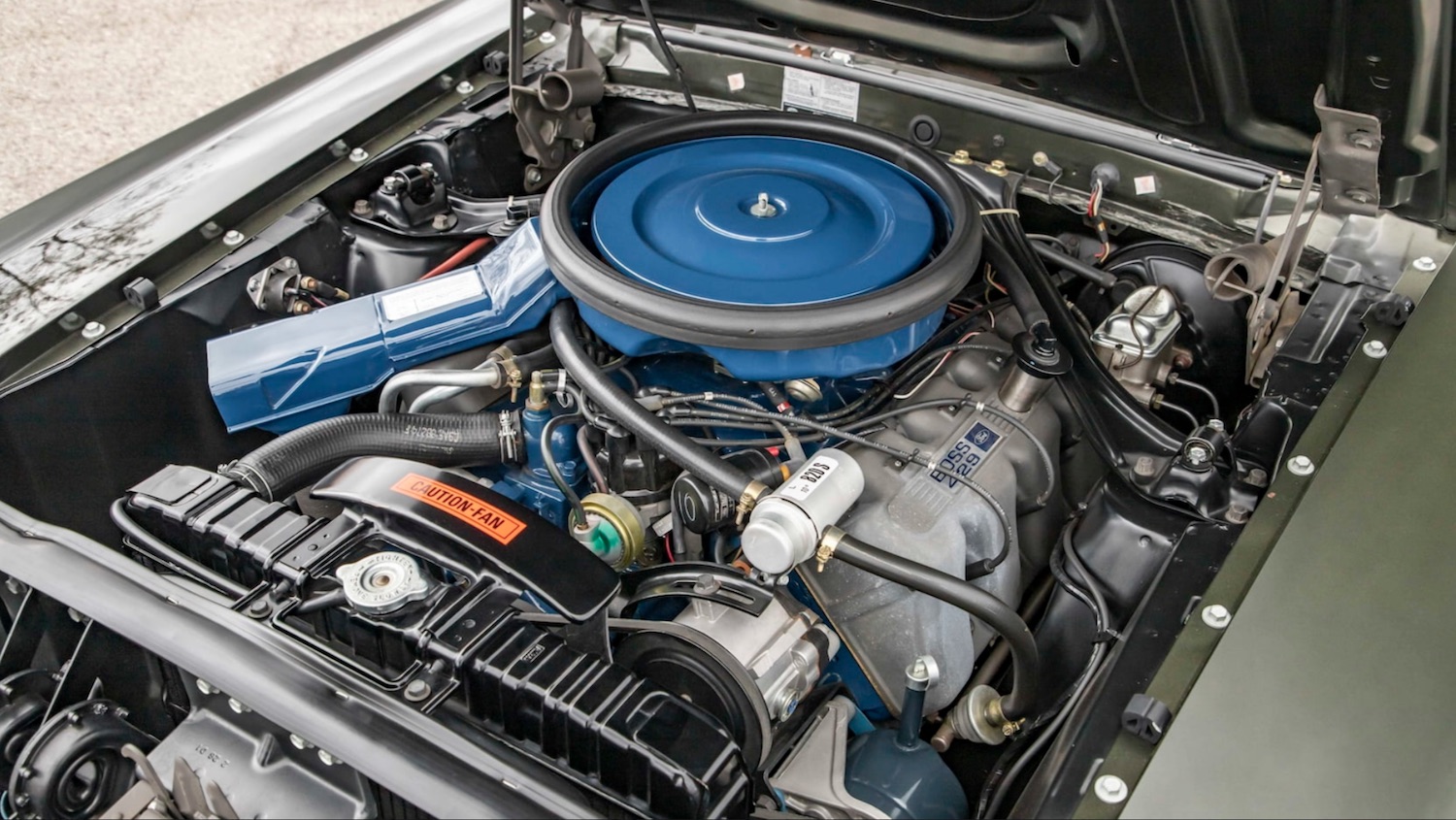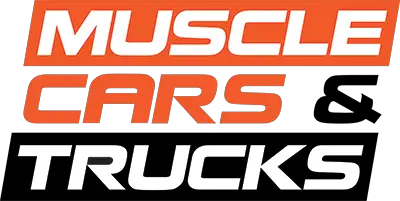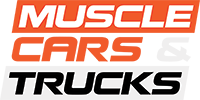All week here at MC&T we’ve been celebrating some of the greatest big-block V8 engines to ever find their way into various muscle cars and racing vehicles. We kicked the celebration off on Hemi Day when we discussed the Chrysler 426 V8, and kept things going with Ford and Chevrolet’s 427 V8 engines on their respective holiday. And while we didn’t shine a spotlight on the Pontiac and Ford 428 cubic-inch motors yesterday, we are back today to round out the week with arguably one of the most iconic engines the Blue Oval ever built. We are of course talking about the Boss 429 V8 engine, and the Boss 429 Mustang that was used to homologate the motor for NASCAR racing. Here’s what you need to know about this big-block masterpiece.
The story of the Boss 429 V8 engine actually starts with the Lima V8 series of motors. These engines are also known as the 385-series due to the stroke of the 460 big-block Lincoln engine. The motors debuted for the 1968 model year, and would serve as the basis for the Boss 429 V8 we’ve come to adore. Like SOHC Cammer V8 we celebrated on April 27, the Boss 429 V8 was designed to combat Chrysler’s Hemi engines in NASCAR at the time. In fact, Ford’s 429 featured semi-hemispherical combustion chambers of its own, and the company even considered naming it the Twisted Hemi, but that never came to fruition. Unlike a traditional Hemi layout, the 429 saw its valves rotated about 30 degrees, as well as the addition of compression pads that reduced the overall hemispherical shape of the chambers.

All Boss 429 V8 engines featured a cast block, aluminum heads, a forged crankshaft, and a no-gasket design. In place of a traditional head gasket, the motors utilized Cooper rings and O-rings to seal off the various engine channels, which increased durability during racing applications. The early 820-S series engines also featured a hydraulic camshaft, magnesium valve covers and heavy-duty NASCAR-spec connecting rods. Only 279 of these S-code engines were ever built, after which the later 820-T engines arrived with a mechanical camshaft, aluminum valve covers and upgraded street-spec rods. A Holley four-barrel carb was responsible for fueling the motors. Power output was rated at 375 horsepower 450 lb-ft of torque in Boss 429 Mustang spec.

Speaking of the Boss 429 Mustang, it was Ford’s partners in Kar-Kraft who were responsible for assembling the big-block pony cars in 1969 and 1970. a total of 1,358 Boss 429 Mustangs were said to have been built during that two-year span, with 859 in 1969 and 499 in 1970, respectively. The car’s were quite nose heavy, but some upgraded oil coolers and a thicker rear sway bar did make the Boss 429 Mustang the best handling of the big-block examples.

The engine wasn’t just a hit on the street, however. In fact, Ford won their first NASCAR outing with the motor on March 30, 1969 in Atlanta. Driver Cale Yarborough wheeled a 600+ horsepower Wood Brothers Mercury with the big-block under the hood, starting what would be a long career for the engine in stock car and drag racing. Ford would go on to use the Boss 429 V8 in NASCAR until 1975.
That said, the Boss 429 Mustang remains the most popular application of the famous big-block. That isn’t all that surprising, considering it just so happens to be one of the coolest muscle cars to ever come out of Detroit. There is a reason these things continually sell for well into the six-figures, and it all comes down to that engine. We’d love to see Ford bring the big-block Boss moniker back around one last time, though they’ve been hesitant about the idea of jamming the Godzilla V8 into the Mustang. That’s a bit of a shame if you ask us. The Boss 429 Mustang signaled the end of the high-era of the muscle car, why not send off the age of the internal combustion engine in the same fashion?







Make that copper O-rings